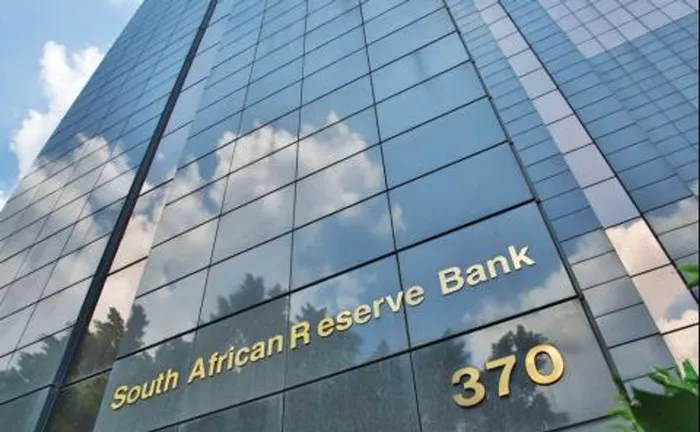The unsustainability of the repo rate vs bank lending rate gap: Profits and CEO bonuses soar

In stark contrast to the repo rate, which is relatively low, banks apply a significantly higher lending rate when offering loans and credit to consumers.
South Africa's economic landscape has long been plagued by disparities in interest rates, particularly between the repo rate and the lending rate set by commercial banks.
While the repo rate, controlled by the Reserve Bank, influences the cost of borrowing for banks, the disparity between this rate and the higher lending rate imposed by banks has had severe consequences for ordinary South Africans.
The repo rate is the interest rate at which the South African Reserve Bank lends money to commercial banks.
It is a crucial tool used by the central bank to control inflation and stabilize the economy.
By adjusting the repo rate, the Reserve Bank can encourage or discourage borrowing and spending in the economy, thus affecting inflation rates and overall economic growth.
In stark contrast to the repo rate, which is relatively low, banks apply a significantly higher lending rate when offering loans and credit to consumers.
The gap between the repo rate and the lending rate is called the ‘’spread.’’
This spread represents banks' profit margin on lending activities and is a significant source of income for financial institutions.
The unsustainable difference between the repo rate and the lending rate exacerbates the financial burden on South African citizens.
As the lending rate remains high, borrowing becomes more expensive for individuals and businesses, making it difficult for them to access credit for personal investments, education, or entrepreneurial ventures.
High borrowing costs deter investment and growth, leading to slower economic development and further hindering job creation.
Moreover, the lending rate's impact is particularly harsh on vulnerable communities, perpetuating a cycle of poverty and inequality.
Families struggling to make ends meet find themselves trapped in a vicious cycle of debt as they turn to high-interest loans to cover basic expenses.
This increased financial strain on citizens leaves them with limited opportunities for upward mobility, resulting in a widening wealth gap in society.
Despite the challenges faced by ordinary South Africans, commercial banks continue to profit handsomely from the wide gap between the repo rate and the lending rate.
As the interest spread grows, so do the banks' revenues, allowing them to accumulate substantial profits year after year.
Unfortunately, instead of using these profits to contribute positively to the nation's development, reports show that a significant portion is channelled into executive compensation, including astronomical bonuses for CEOs.
This situation raises ethical concerns and reinforces the perception of inequality and corporate greed.
As the majority of South Africans struggle with high borrowing costs, limited access to credit, and rising living expenses, the spectacle of CEOs receiving exorbitant bonuses further intensifies public resentment and mistrust towards financial institutions.
To sum it up: The unsustainable difference between the repo rate and the lending rate has far-reaching consequences for ordinary South Africans, pushing them further into poverty while banks profit and CEOs reap astronomical bonuses.
To address this issue, there must be a concerted effort by policymakers, the Reserve Bank, and financial institutions to narrow the interest rate spread, making credit more accessible and affordable for all South Africans.
By promoting a more inclusive financial system, the country can strive towards economic growth that benefits everyone and helps reduce wealth disparity in society.
Dr Nkosazana Dlamini Zuma, the South African minister responsible for women, youth and people living with disabilities, said the banks are only looking after the interests of the few and neglecting the development needs of the country.
The minister was speaking at the 9th BRICS Youth Summit in Durban on Tuesday, which brought youth from Brazil, Russia, India, China and South Africa together to share ideas.
Addressing the gathering, Dlamini Zuma said the issue of banking cartels is both a global and local problem.
“Finally, I expect your summit to re-imagine an Alternative Banking and Financing Architecture for the global south.
“Productive societies require productive sectors of the economy, industrialised around manufactured finished goods and away from the shipping of raw materials,” she said
“We currently have a structural problem of a banking industry that is not only greatly concentrated and monopolised, but also in many ways does not serve our interests,” she said.
BUSINESS REPORT